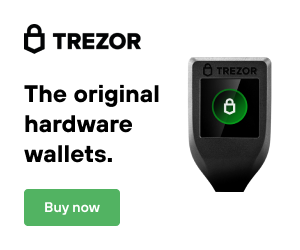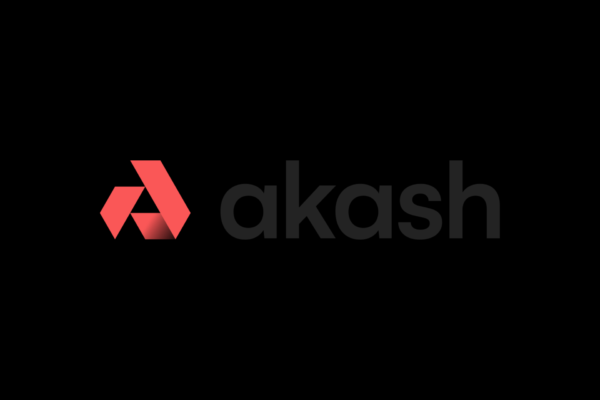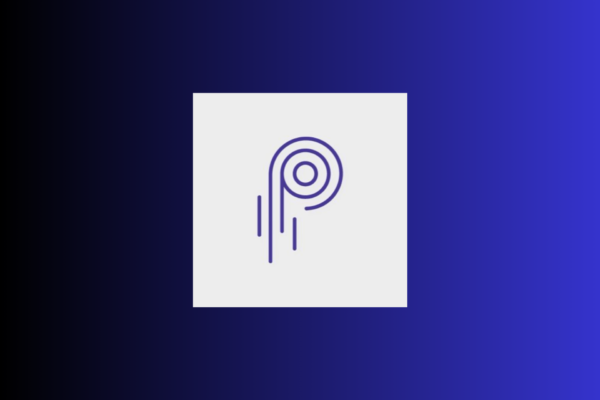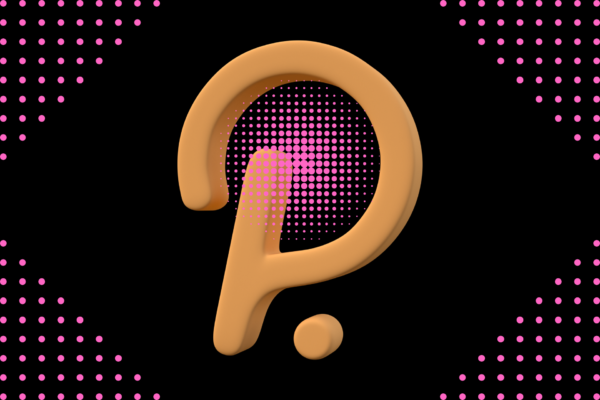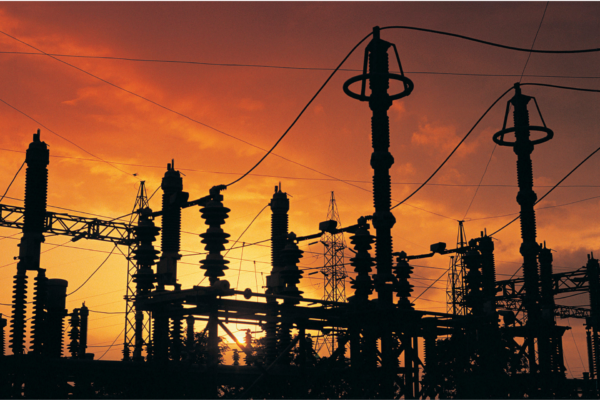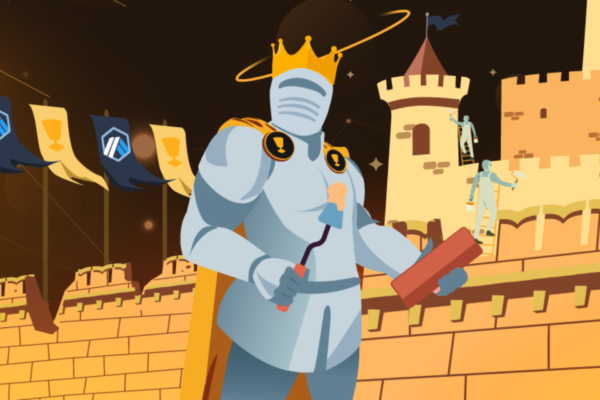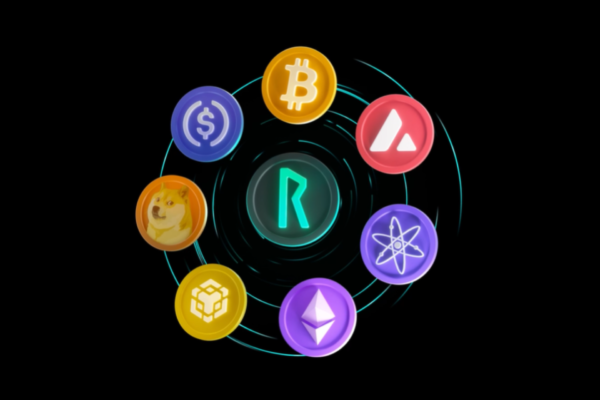As with the parachains launched on Kusama, the Polkadot parachains are now live and will function similarly. Each auction slot will last for one week, and foundations along with the community alike will have the opportunity to lock their DOT into their vote for the selected time period. The reward for this is twofold, the massive DOT allocation is then staked on the main Polkadot network, the winning project receives these Bonded staking rewards. The voters eventually receive tokens of the project they previously voted on.

Parachain Review
For a better understanding of Polkadot and the ecosystem it has created, please read our article [here]. Essentially Polkadot functions as the brain within the DOT ecosystem, this central system has several parachains that can function simultaneously and independent of each other. Most Parachains are won via crowd loans from the community in a decentralized manner. We saw this process on Kusama, the test network for Polkadot, it was greatly successful. Kusama is vital for the success of Polkadot, all applications built on Polkadot are first tested on a copy of the network, Kusama. This allows for the live economic conditions that we see with Moon River and other projects. This test network allows developers to build a product and work out the bugs and take community ideas and test them also. If Polkadot is successful, Kusama will remain in demand since it provides this potentially endless value.
As with the parachains launched on Kusama, the Polkadot parachains are now live and will function similarly. Each auction slot will last for one week, and foundations along with the community alike will have the opportunity to lock their DOT into their vote for the selected time period. The reward for this is twofold, the massive DOT allocation is then staked on the main Polkadot network, the winning project receives these Bonded staking rewards. The voters eventually receive tokens of the project they previously voted on. The downside is they lose the normal staking APY from their dot and they lose access to the dot for the lease period. The major upside to this method is that all voters receive their DOT back into their wallets when the lease is completed. The maximum lease period for an auction is 96 weeks, the minimum is 12 weeks. This schedule was voted upon previously by DOT holders and on chain voting (Governance).

Which Projects will win a Slot?
Now this is the tricky part, there is no guarantee who will win a slot, but we can predict a few winners based on how large their foundation and backers are. Remember, hedge funds and digital investment groups can participate in this process and back their favorite projects also. Those reserve/treasury allocations we have discussed during tokenomics breakdowns also generally buy DOT to help their own project win a spot. As discussed exactly one month ago during our narrative series [Part2], we have dropped our predictions as to a few likely winners. The two clearest early winners we placed our bets on are Moonbeam and Acala. Both projects do not currently have a token, but we believe those who are able to allocate into these auctions will find themselves earning a tremendous reward.
Sadly, Americans can not participate in these auctions, but we have a few options to invest in these narratives. By holding Moon River (MOVR), we hope to ride the hype of the coming Moonbeam. Moonbeam will always need to test upgrades and changes by using Moon River. We are currently using Moon River as an Ethereum like network on Kusama to participate in yield farming. Moon River is much faster than Ethereum and cheaper. MOVR is also much smaller, thus it presents a greater upside as an investment, although we take on more risk. To get indirect access to the hype around Acala, investors could buy the Karura token on Kusama. Karura is the test network for Acala, this is the same idea we discussed with Moon River and Moon beam.

Currently Acala is winning the race for the first slot, this was expected. Acala aims to be the user-friendly decentralized finance hub for all of Polkadot. Acala will provide similar services to Polkadot that Aave provides on Ethereum and now a few other blockchains. Moonbeam should win the second slot based on how much DOT it already has allocated towards it for voting. Another project we mentioned briefly that appears to be gaining traction is Litentry (LIT) .Litentry or LIT is a very unique project, they aim to consolidate digital identifies from multiple networks bringing them to a universal platform. This digital identity could include credit scores, educational verification and KYC [3]. The two other projects we were hoping to win a slot include Kylin and Phala. I have been grabbing small amounts of Phala on dips these past few weeks. Kylin was just reviewed [here]. There are of course other projects, but it is challenging to cover them all.
Make sure to always do your own research, even the Polkadot parachain auction page recommends this! Stay safe out there, and more updates are to come!



